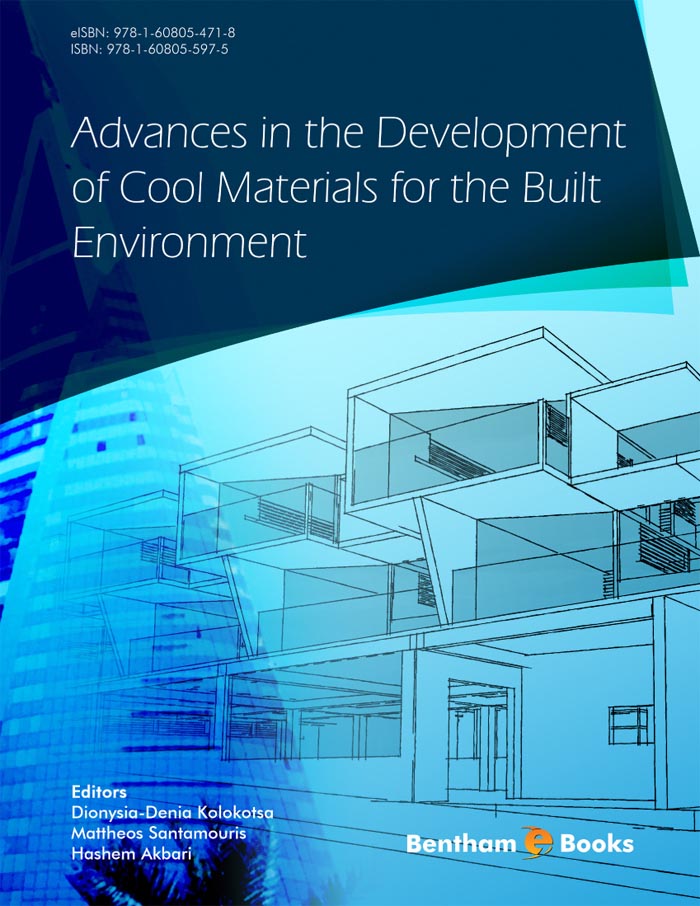Urban areas create their own climates by altering the soil-atmosphere interface’s characteristics relative to those of the surroundings. Surface alterations include changes in reflective, thermo-physical, and geometrical properties that can impact the dynamic and thermodynamic processes in the boundary layer. Cities also introduce sources of anthropogenic heat and air pollutant emissions. Collectively, these changes can affect surface and air temperatures, often times producing heat islands that impact thermal comfort, energy use, emissions and air quality. They can also modify the flow patterns, sensible and latent heat fluxes, convective cloud formation and precipitation in and around urban areas.
Mitigation of urban heat islands, or simply cooling urban areas, is a strategy aimed at countering the negative effects on energy demand and the environment. From a portfolio of several heat-island mitigation strategies, one particularly-effective measure is the control of urban albedo. Increasing the reflectivity of roof, wall, street, pavement, and parking-lot materials is at the forefront of techniques for urban cooling. Various modeling and field studies have quantified the benefits from such measures, including emission reductions and air-quality improvements. It must be stated, too, that these indirect effects of decreasing urban heat-island intensities are additional, auxiliary, yet very important benefits that are accrued in parallel and in addition to those of the direct effects of energy-demand reduction.
This eBook presents the benefits of cool materials for the built environment. It is structured so as to address the multiple aspects of these materials and their effects. Areas covered include the physical characterization of cool materials, their modeling, rating, testing, energy and environmental impacts, economics and marketing, and related policy aspects.
This eBook is edited by top experts in the field and written by leaders in each respective aspect of cool materials science and applications. The editors are internationally recognized for their expertise and work in the areas of urban heat islands, cool materials, energy and environment, energy efficiency and management, energy and climate, and solar energy. The authors of the various sections in this eBook are international experts in the many aspects of cool materials research, modeling, monitoring, marketing, and standards. They are leaders and experts representing academia, national laboratories and institutes, and the industry.
This eBook is scientifically thorough and provides hands-on knowledge that is extremely useful for researchers and practitioners in the planning, design, building sciences, energy and engineering fields, who are interested in using cool materials to achieve their energy and environmental benefits. It is a sweeping and comprehensive document that can serve as a one-stop reference for understanding, using, applying, and evaluating the multi-faceted effects of cool materials. It is a valuable addition to library shelves in institutions, organizations, and practices interested in integrated energy and environmental design of buildings and other urban structures.
Haider Taha
Altostratus Inc.
USA

